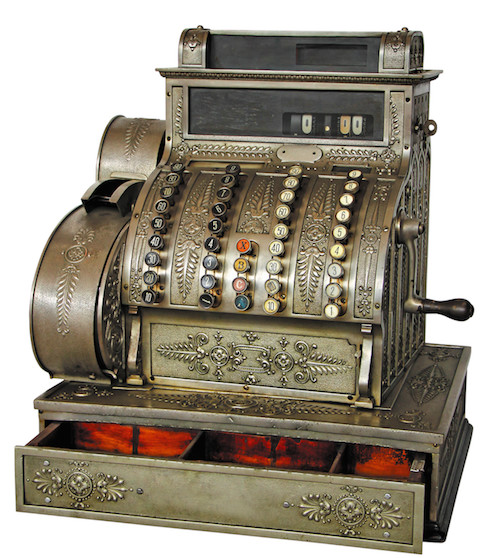
With limited custom, spend per head is the most valuable metric, suggests UKBG international ambassador Peter Dorelli
I should say that I was always a bit of a nonconformist during my working life. I could have landed myself in trouble with my employers but I used to get away with it. How? Everywhere I’ve worked, I’ve made the owners money. If I was in trouble, all it would take was for my managing director to look at my bar’s bottom line – making the money I did meant I was almost untouchable.
Why do I bring this up? Because I think sometimes too much stock is put in the craft of bartending and not enough in business. Now more than ever, bars have to put survival first and that means a bartender’s value is not only determined by what they put in the glass but what they put in the till.
If I owned a bar right now, I’m not going to want a big-name bartender on a big salary, who might not justify the price tag. State-of-the-art, time-consuming cocktail-making techniques and multiple, unusual expensive ingredients – there’s a time and place for that. But, with fewer customers, the new metric is spend per head – and this is something bartenders’ performance can be objectively judged by.
The first thing, of course, is getting customers through the door – but keeping them there is something of an undervalued art. The duration of a customer’s visit and how much they spend is critical to revenues. should be asking: how do I keep my customers from leaving? I had flaws as a bar manager, but this was my forte – this is why I made my bars money. Keeping customers for two hours rather than one is harder than you think.
So what can you do? First, never let the atmosphere drop. You must sense these things – what is the mood of your customers? Are they becoming more engaged, having more fun or less? If you can feel things dropping – do something – think outside the box. It can be small things that make the difference. A short conversation, observation. Change the music or know when to drop a tasting glass of something, or a plate of nibbles, next to a guest. Food can be the difference between two drinks and three. Think how you feel after two G&Ts – it’s enough, unless there’s food in your stomach – then it doesn’t take much persuasion to have a third.
Finding efficiencies
But operating profitably isn’t just about the money coming in – you must look at the costs too. In these times, you must find efficiencies where you thought there were none to find. Ask yourself how many bottles of spirits you need sitting on the shelves. That’s money right there that could be put to better use. This is not the time to be laying out on expensive bottles – use what you have, and buy what’s in regular use. If I had a bottle for two or three weeks, that was a sign we needed to make a cocktail with it – like a special in a restaurant – otherwise this is dead inventory.
At this time, when people are likely wanting comfort over complexity, keep your menus short and don’t stray too far from the classics. If it’s a twist, signpost the original cocktail – don’t make the guest work too hard. But also, think about the trends coming out of lockdown. Lower-alcohol twists perhaps, and think about seasonal, healthy fruit – so many of us have more mindful outlooks since lockdown.
This is also a time to perfect systems and ensure your team is choreographed for service. Teamwork – particularly if you are short-staffed – is essential to a well-run bar. Get this right and you will run like a well-oiled machine, everyone working to a common goal which, right now, for the future of your bar, means operating as profitably as possible.


